Review: The Nikon Z 600mm f/4 TC
I love the Nikon 600mm f4, but the real question is do you need it? In this review we’ll look at real comparisons, the questions to ask yourself, and the tradeoffs that come with a sixteen thousand dollar lens.
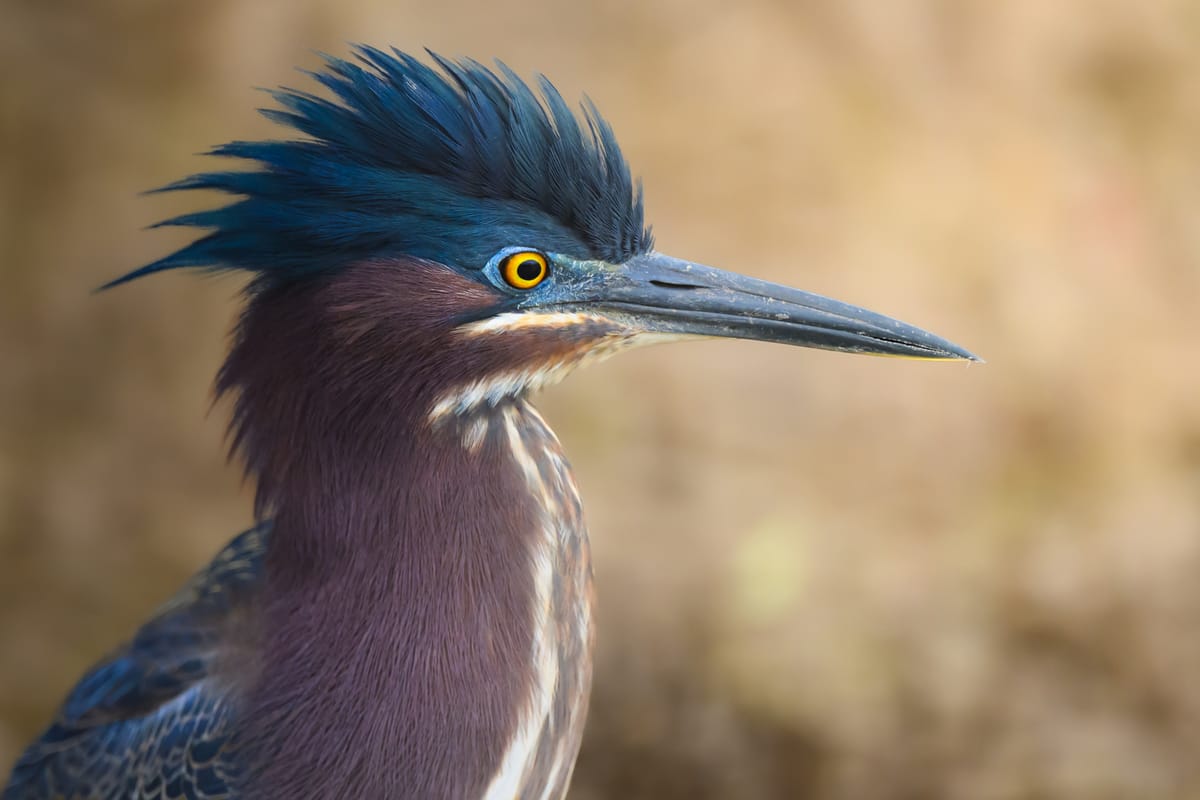
So this is gonna be a topic, and I've been struggling with how I wanted to discuss this lens for a while. I'll get to the conclusion up front and save you some time, then you can read the rest and see why I got there. I own this lens, I love everything about this lens, but the fact is, if you shoot Nikon, unless you have a few very specific use cases, you probably don't need this lens.
But first let's do an experiment, below you'll see two images, I picked two images and tried to have the conditions/subject be somewhat similar. One was taken with the 800mm pf, and one with the 600 f4, let me know if you can tell which one was shot on the lens that cost almost triple the price?
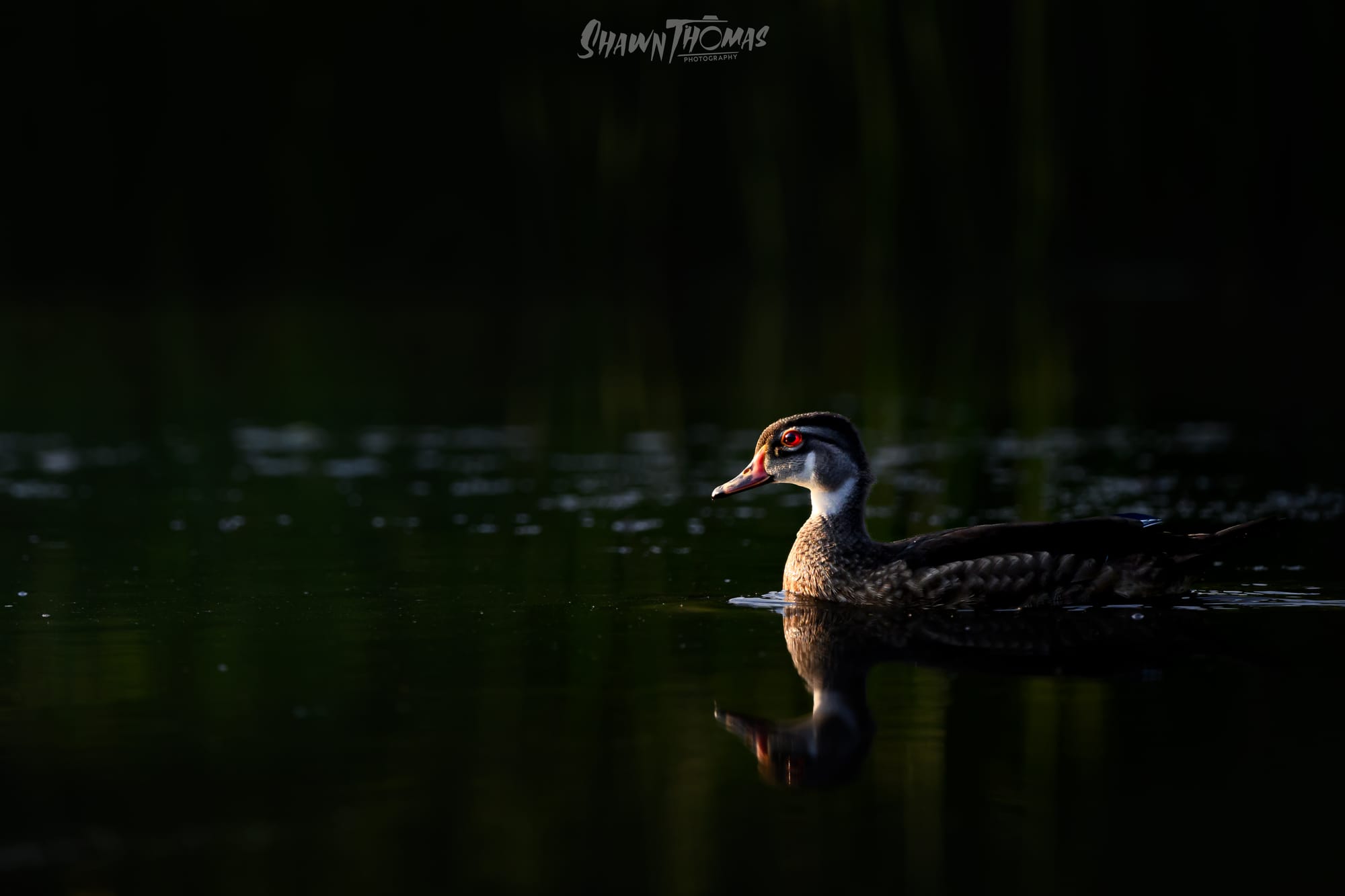
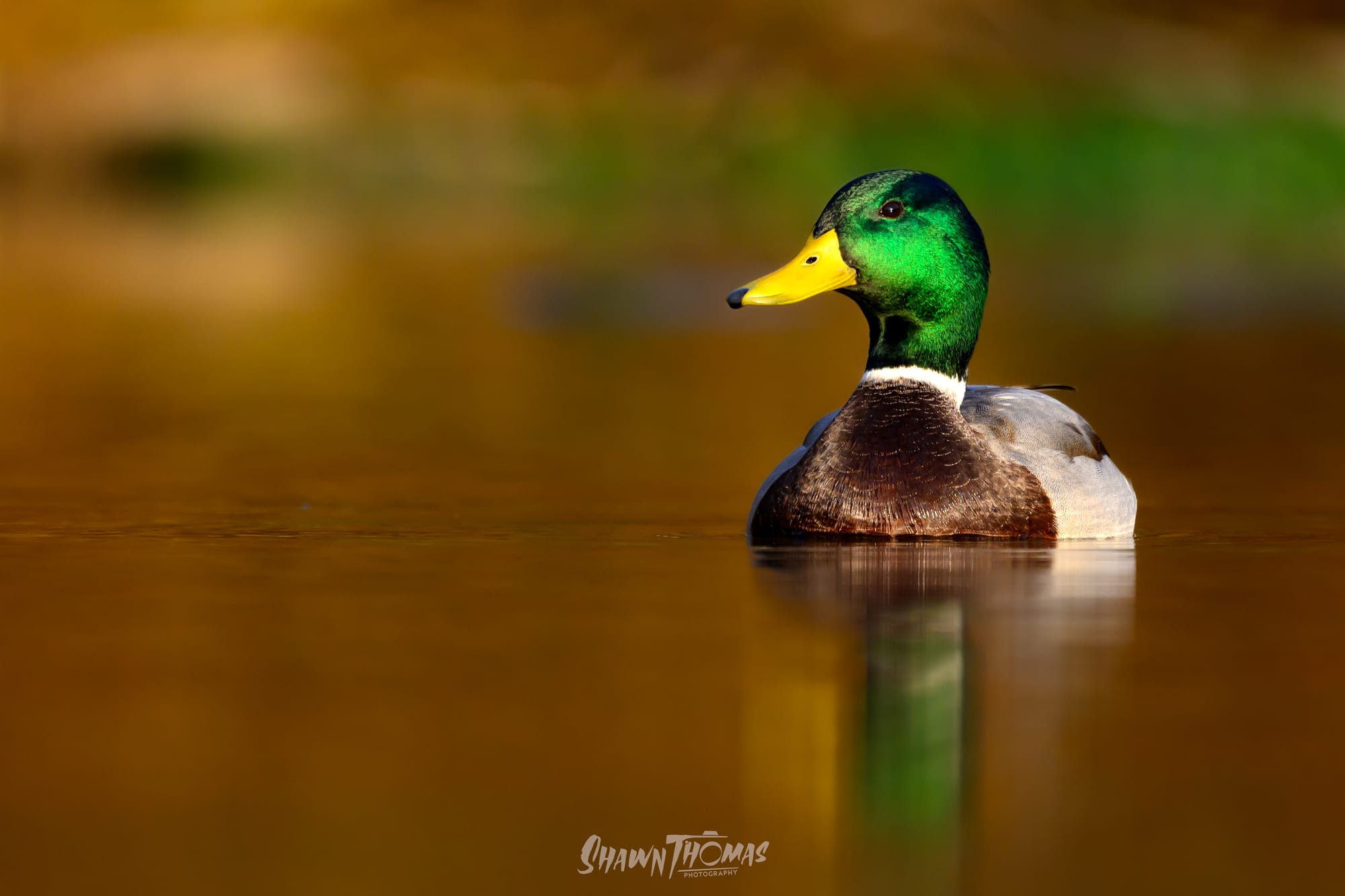
Guess the lens part one
If you guessed the wood duck to the left was taken with the 600 you would be correct, but it's damn hard to tell. Both are clean, with great separation, exceptional detail, and beautiful rendering.
But this is fun, so let’s do another one. This time let’s focus on close up detail rendering. Have a guess?
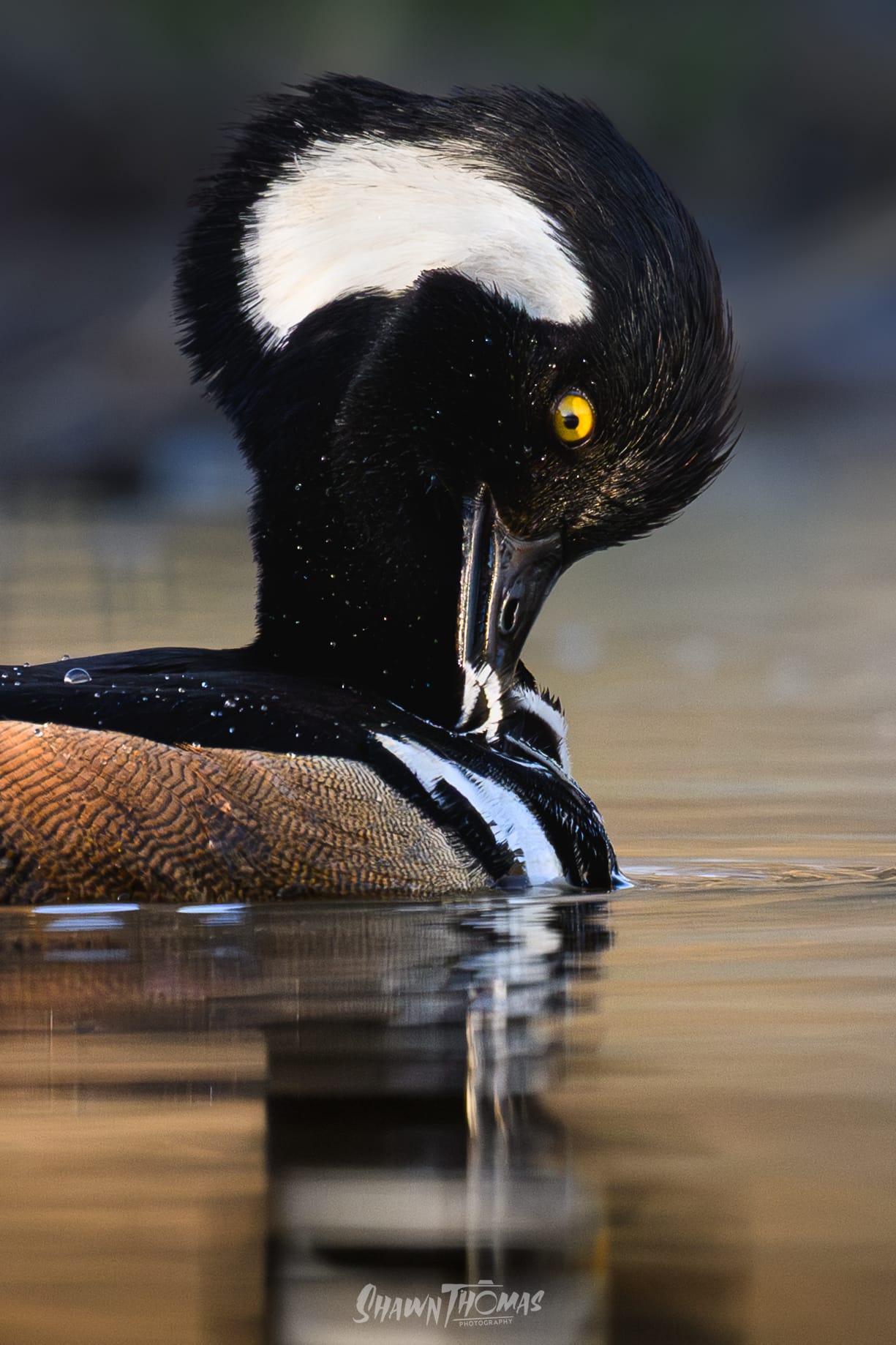
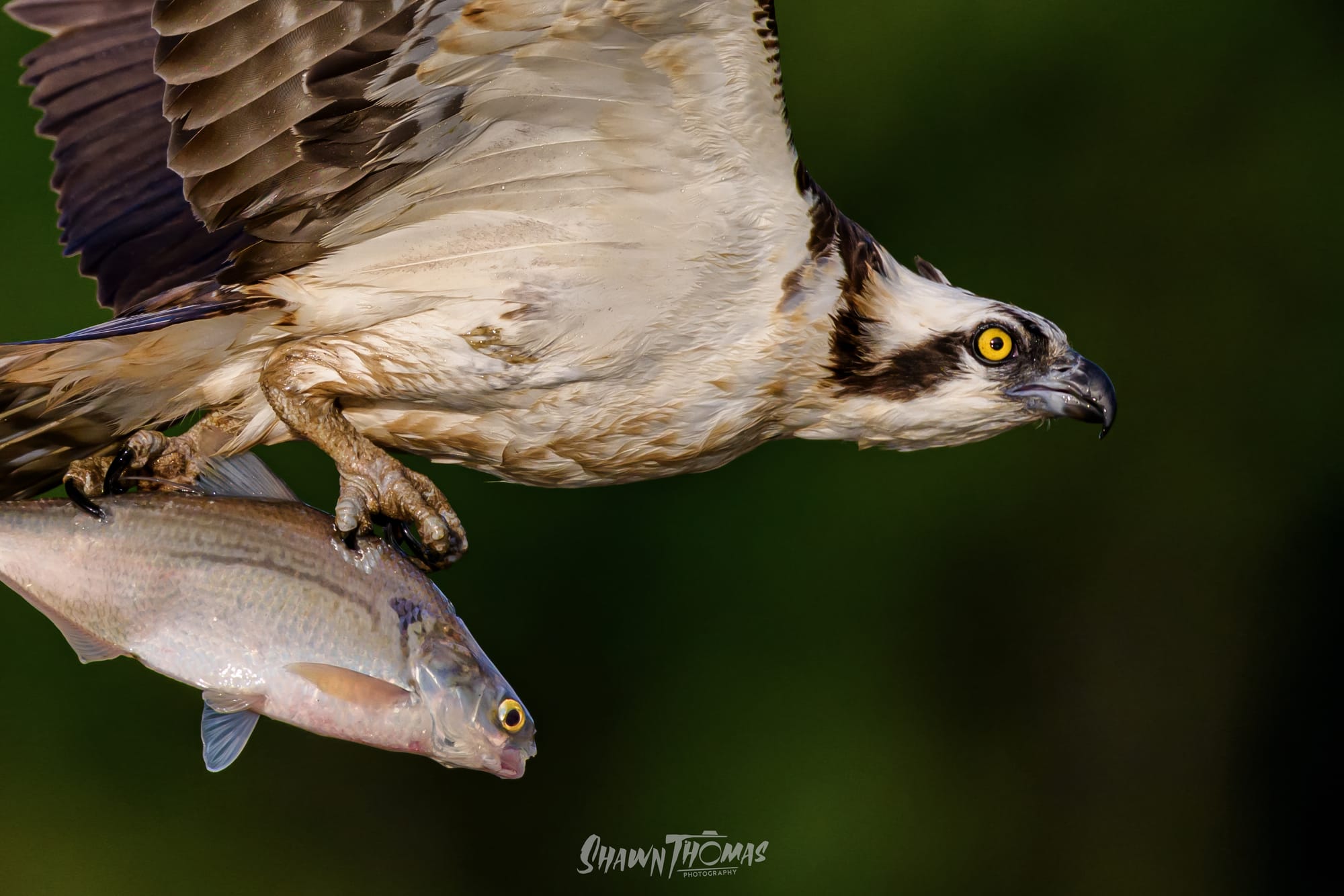
Guess the lens part two
If you guessed the osprey on the right was shot with the 600 you would be right. At this point I might be making it too easy since the 800 shots all seem to have orange backgrounds and the 600 shots all have green. To be fair, I haven’t had these long enough to shoot through multiple seasons with both.
Look I'm not here to talk you out of this lens, not at all, like I said it's amazing and I love it. That said you might not need it, and contrary to popular belief it will not make you a better photographer. What it will do is remove a few slight limitations between you and your art, it'll ultimately be up to you to decide if the huge additional cost is worth it. I decided it was worth it to trade in some cameras and lenses to make it work before the tariffs jacked up the prices higher myself.
The first question you really have to ask yourself though, is why do you want this, and how do you take photographs?
How Do You Photograph?
This is the question that should guide any and all lens purchases, and this is where we can get real. If you do wildlife photography standing up with a monopod, shooting into direct light, and just want well exposed and smooth backgrounds with good light, then you don’t need this lens. Wildlife photographers on Nikon are spoiled with amazing options that excel at this, for far less money and far less weight, which makes a huge difference on a three-plus mile hike, let me tell you.
You’ve got the amazing trio of the 800 f/6.3, 600 f/6.3, and 400 f/4.5, as well as the excellent 180–600. All far lighter, all far cheaper, and frankly a bit more versatile because of that.
Now that we’ve got that out of the way, let’s talk about the types of things that might make you want this lens, the tricks and benefits it has that the cheaper glass simply cannot compete with, and whether you’re the type of photographer who actually needs those things. So heres a few questions to ask yourself:
- Do I regularly shoot in low light?
- Do I prefer tricky lighting conditions? Backlit shooting? Intense bokeh balls?
- Do I want the flexibility of a zoom with the sharpness of a prime?
Do I regularly shoot in low light?
This one is kind of a given. f/4 is better in low light than f/6.3, so we don’t need to spend much time here. The difference is about 1⅓ stops, which translates to a 2.5× factor on ISO.
So if it’s dawn or dusk and you’d normally be shooting at ISO 10,000 with an f/6.3 lens, you’re at ISO 4,000 instead with the 600 f/4. That can mean cleaner shadows, less noise, and a little more room to crop.
I already did a blog on why high ISO doesn’t matter as much anymore, but it’s still nice to shoot lower ISO when you can. If you don’t get up at 4 a.m. to hike into position for first light, or stay out late when the sun’s already gone, you’re probably fine without spending sixteen grand.
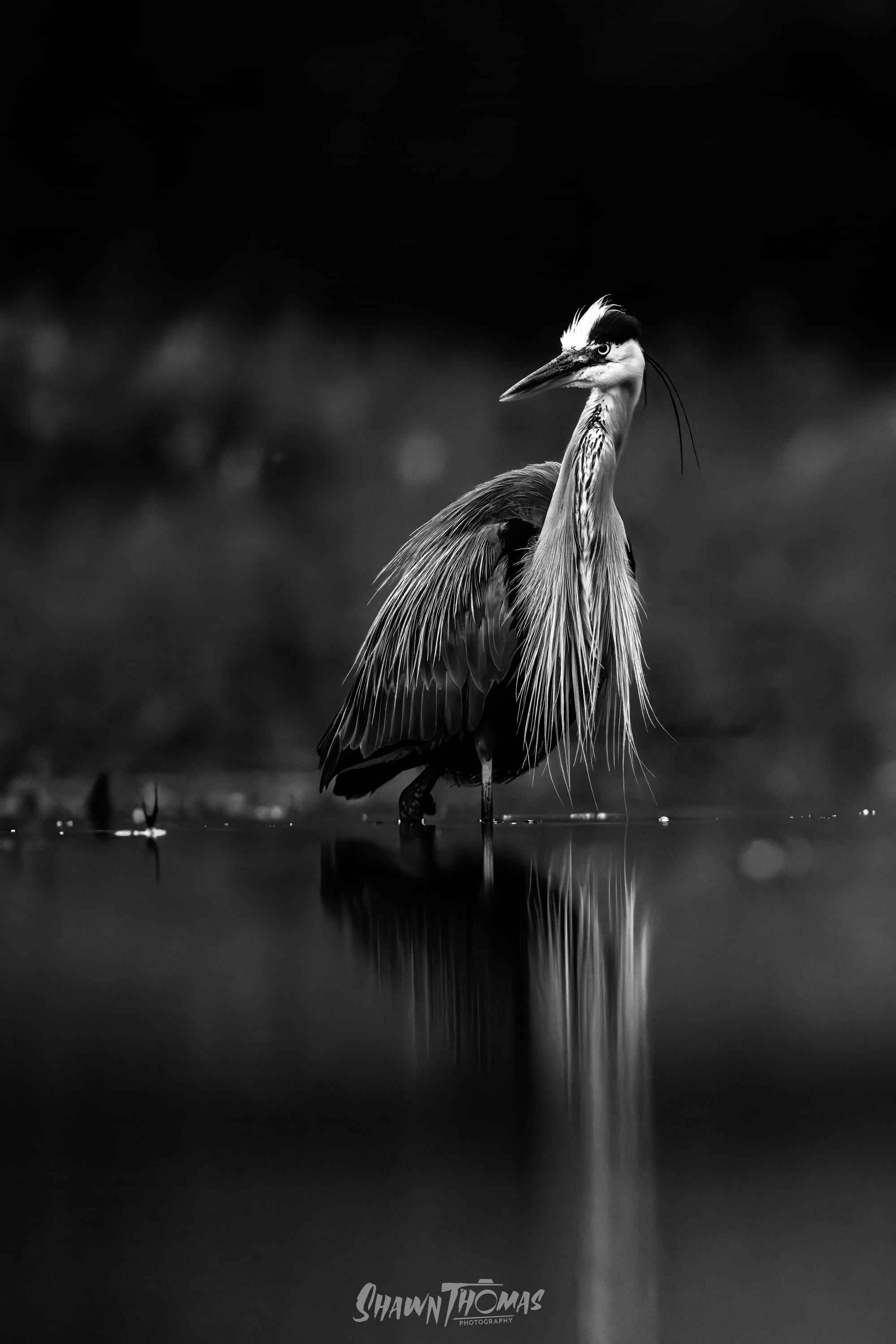
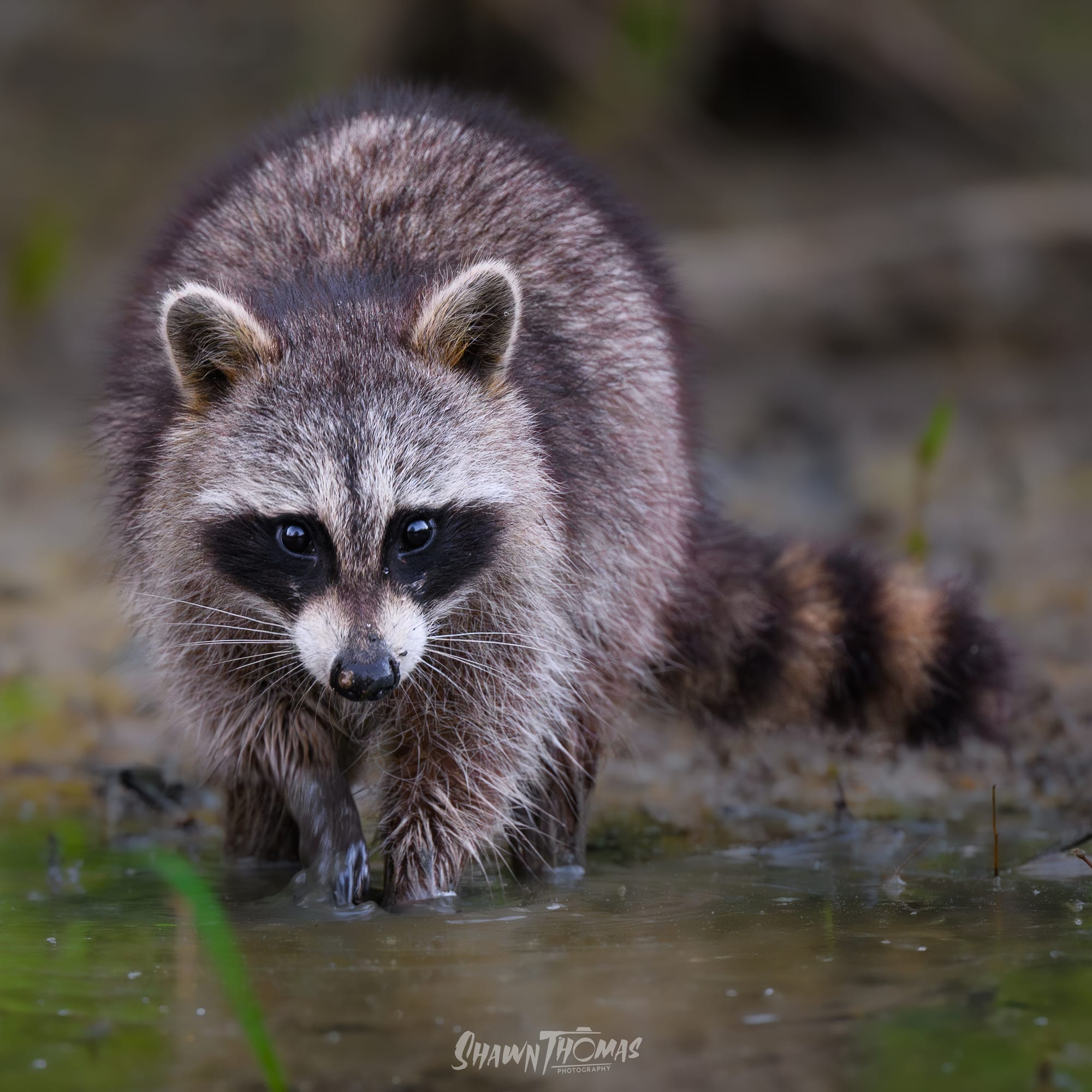
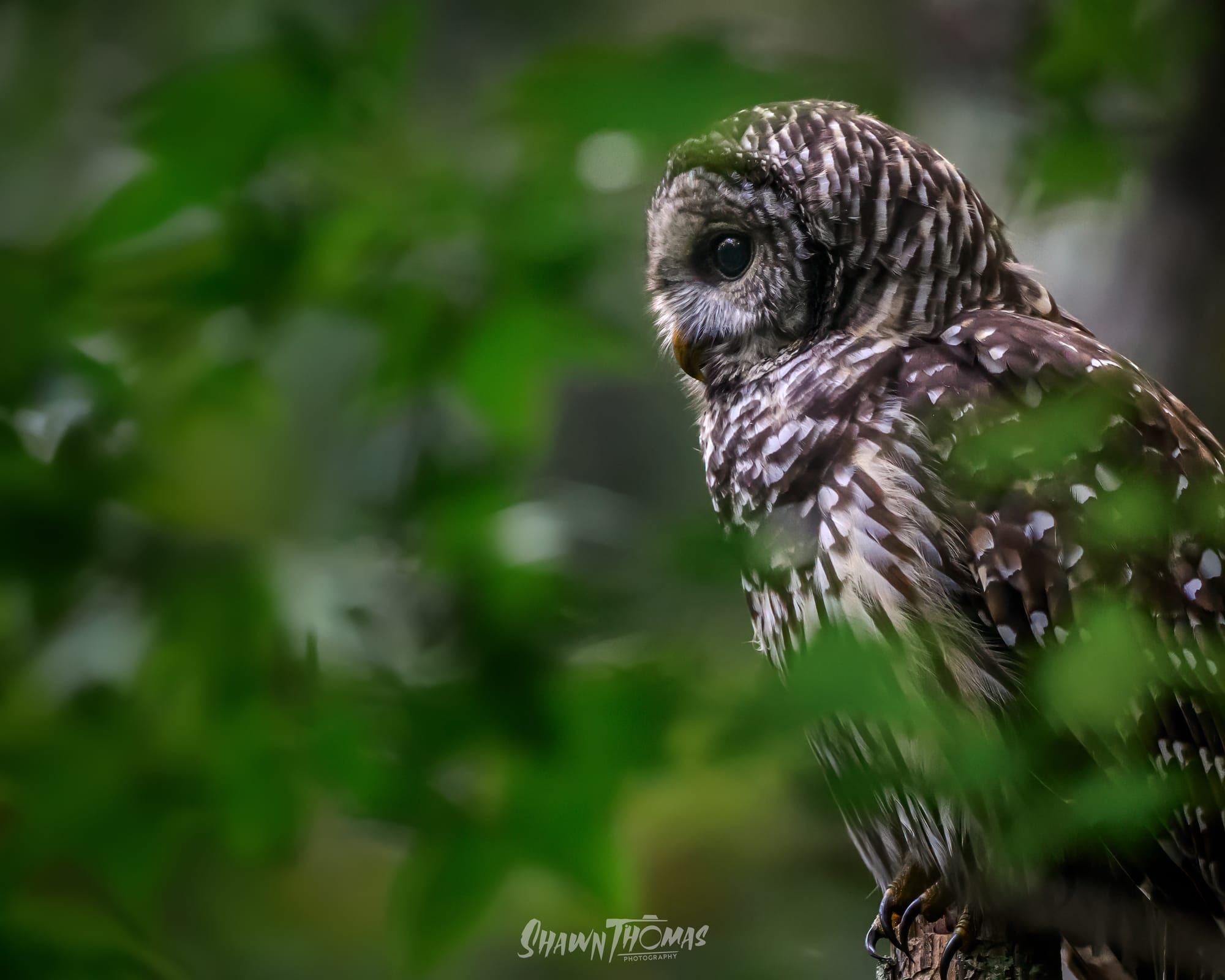
A selection of images that were shot in incredible low light with the 600 f4.
Do I prefer tricky lighting conditions?
This is the one that really made me switch. I love shooting backlit. I love dramatic bokeh balls. I adore the artistry of shooting in very tricky light, and this is where the PF lenses struggle most.
The Phase Fresnel element is an amazing bit of technology. It allows lenses to be cheaper and lighter without losing much quality, but it comes with a downside. The bokeh balls it produces can get messy, with hard edges and onion ring patterns that need a lot of post work to tame.
Here is an example of what that looks like:
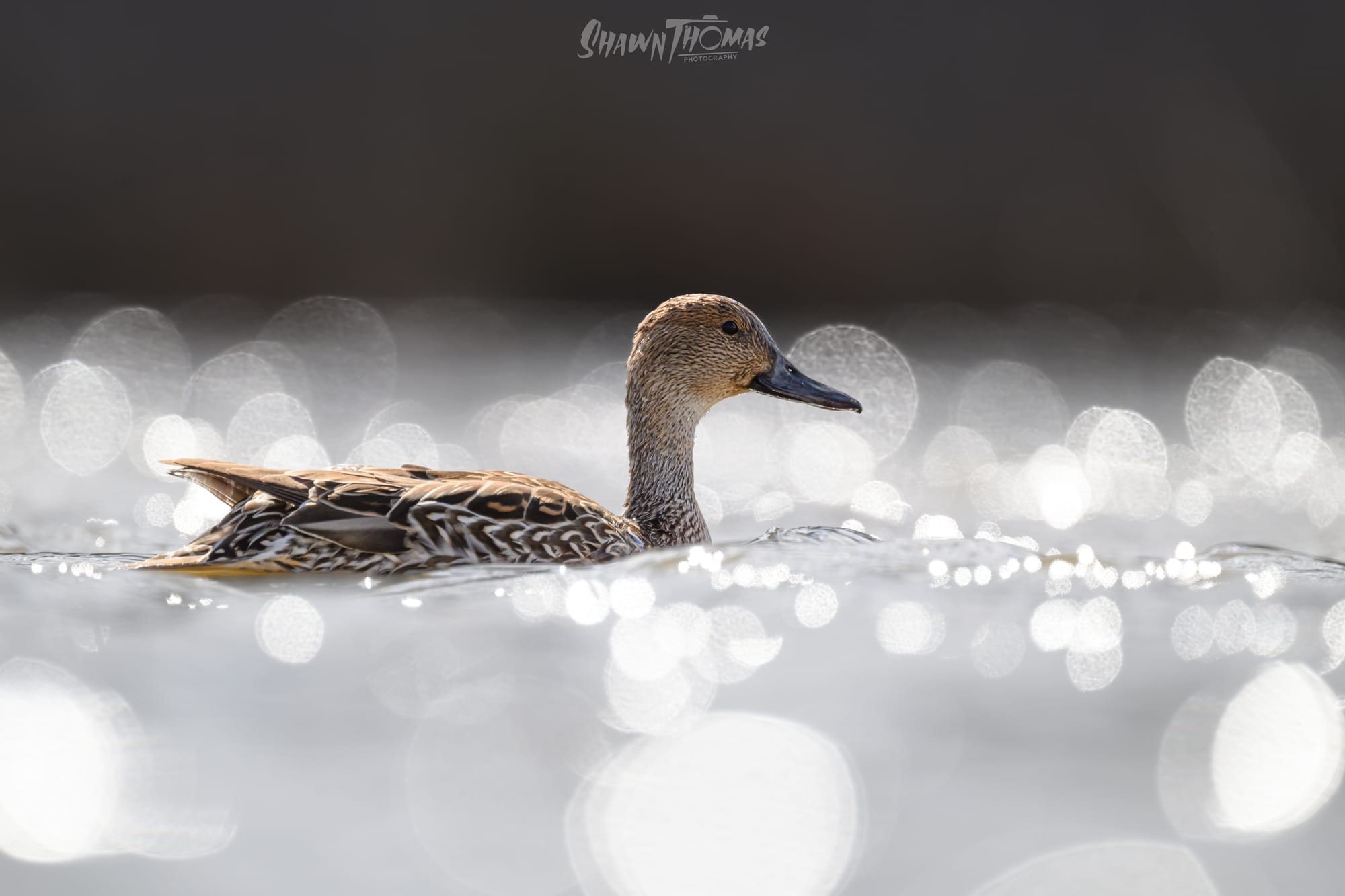
And here is a similar setup shot with the 600 f4. Ignore the subject, it was just a quick test, but look at the difference in the rendering of the background:
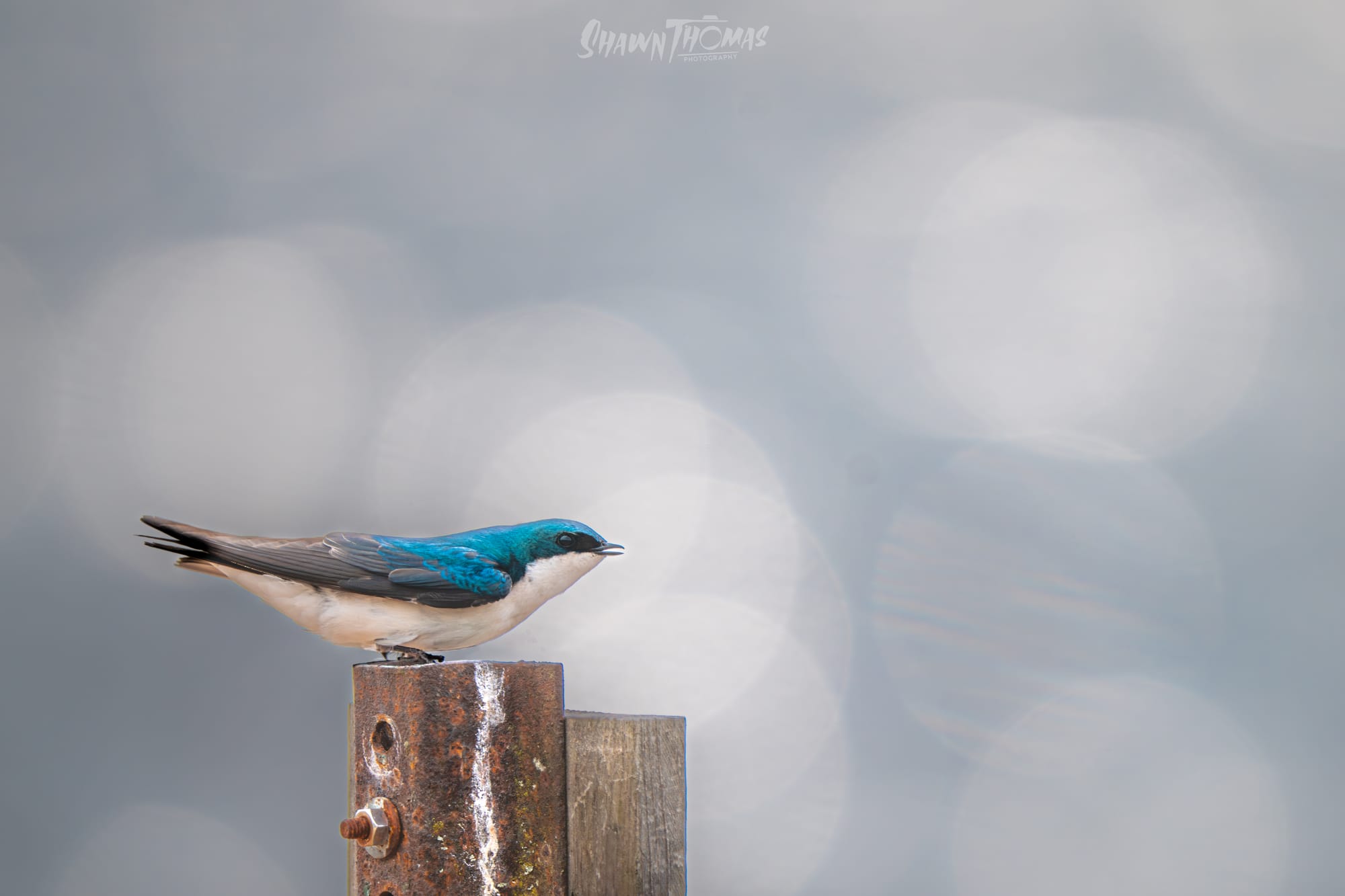
Here is a gallery of backlit, bokeh filled shots taken with the 600 f4 to show the lens in its element, and also proof that I can take good photos in this style:
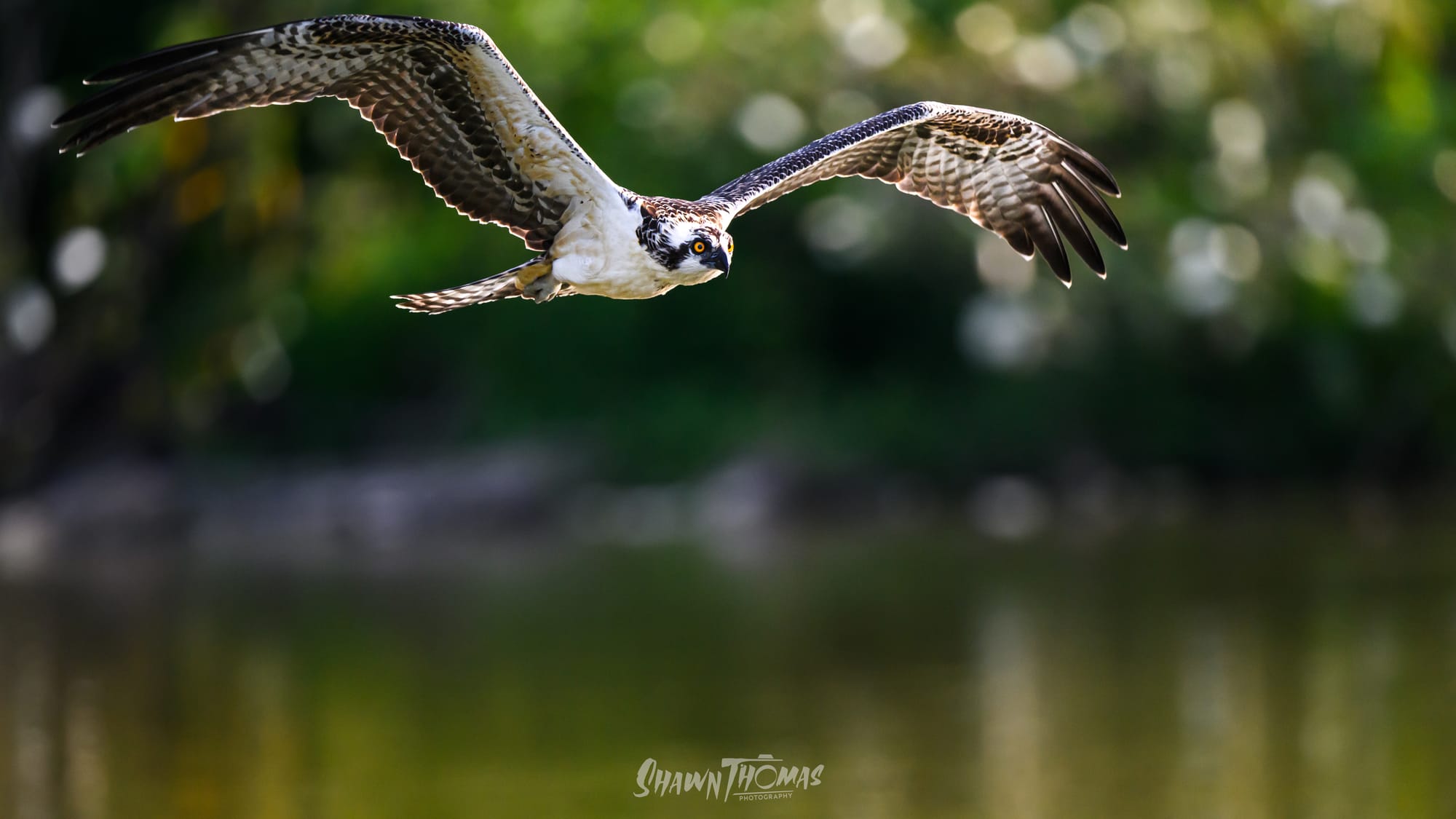
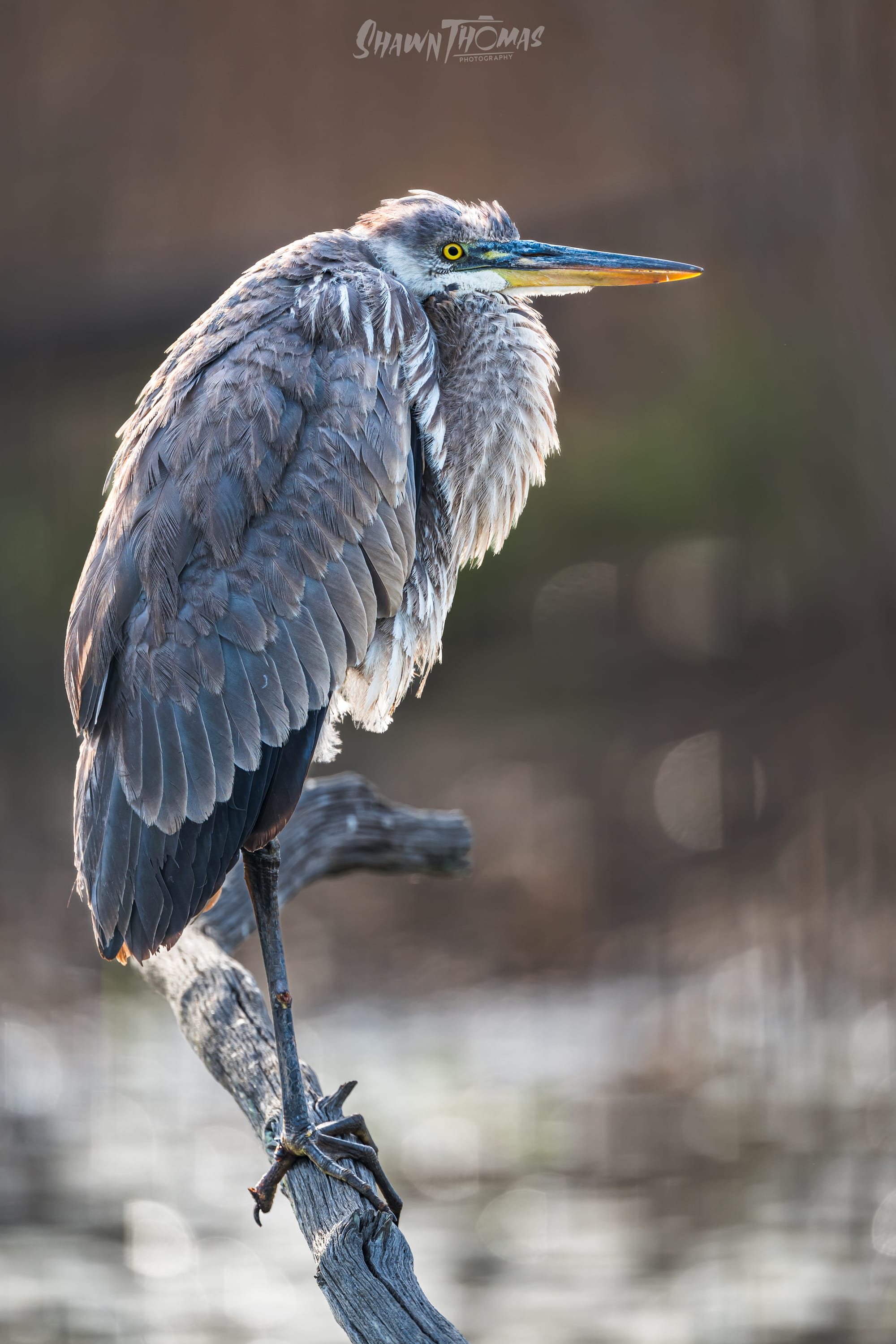
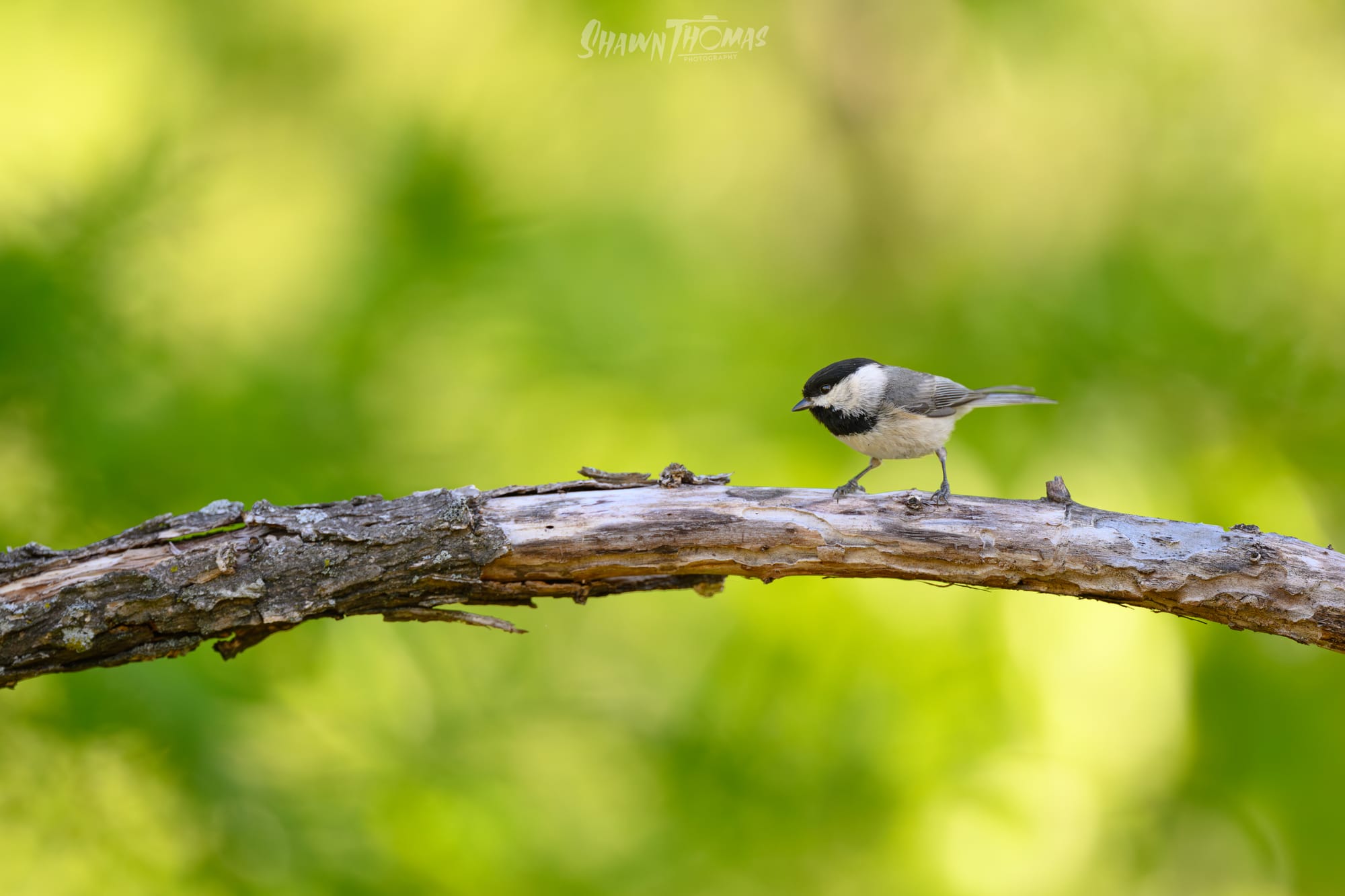
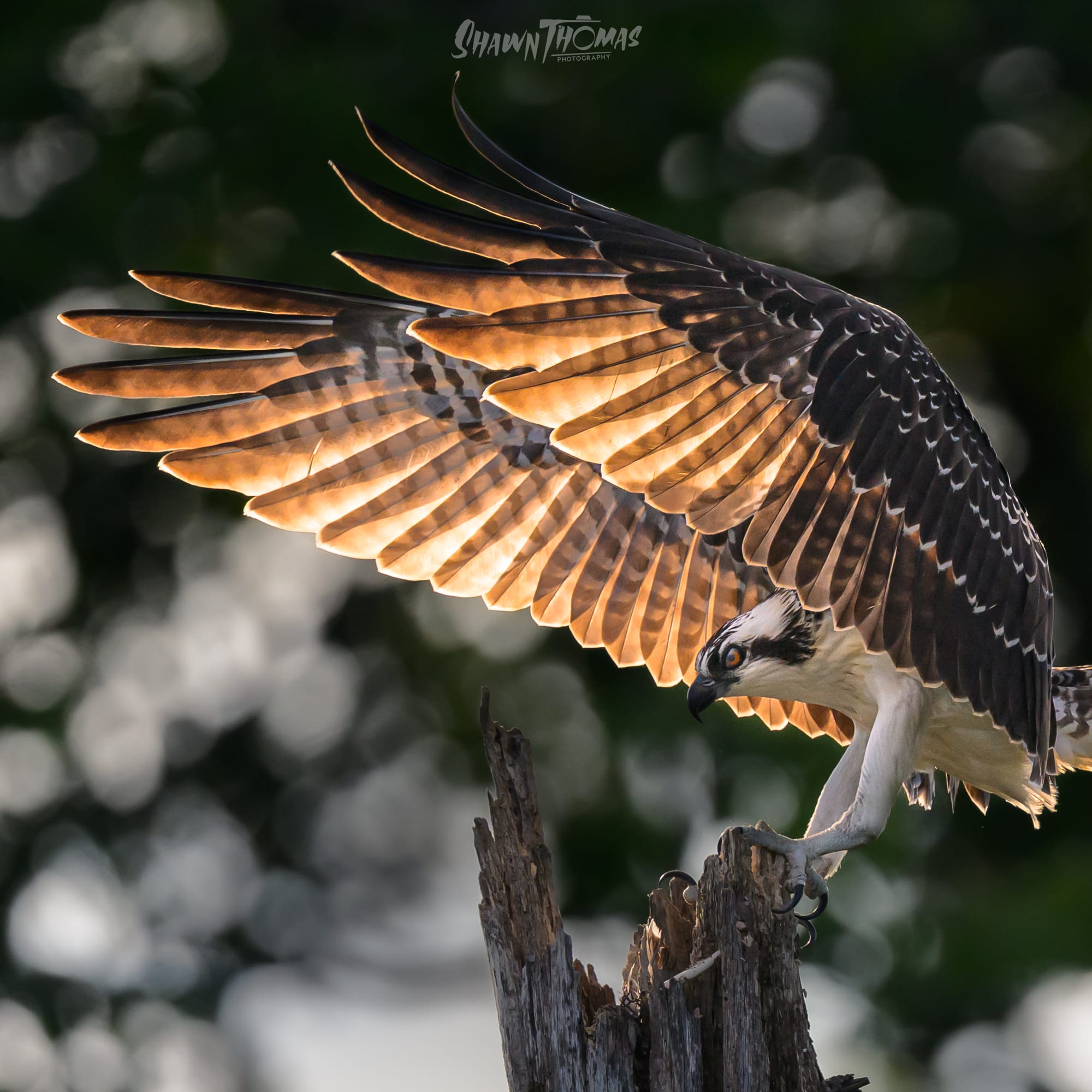
Bokeh on the 600 f4
You can see the difference clearly in these images. Because this style of shooting is one of my favorite ways to work, it became a guiding factor in why I felt the upgrade was worth it. If you do not actively seek out these types of shots though, you can probably pass on this lens.
Do I want the flexibility of a zoom with the sharpness of a prime?
This is another big one, and one that I am pretty sure is exclusive to Nikon users right now. The Z 600 f4 has a built in teleconverter. I regularly shoot small birds, and I can say without hesitation that I would not have upgraded if it did not have this.
Eight hundred millimeters is my happy place for about eighty percent of my shooting, but it has been very useful to be able to pull back to six hundred when the situation calls for it. As for the teleconverter quality? I have not noticed any real world difference in sharpness between having it engaged and not, and autofocus feels just as fast. Even the background does not seem worse, because the added compression of 840mm helps counter the stop difference in aperture.
Left: 600mm | Right: 840mm TC engaged
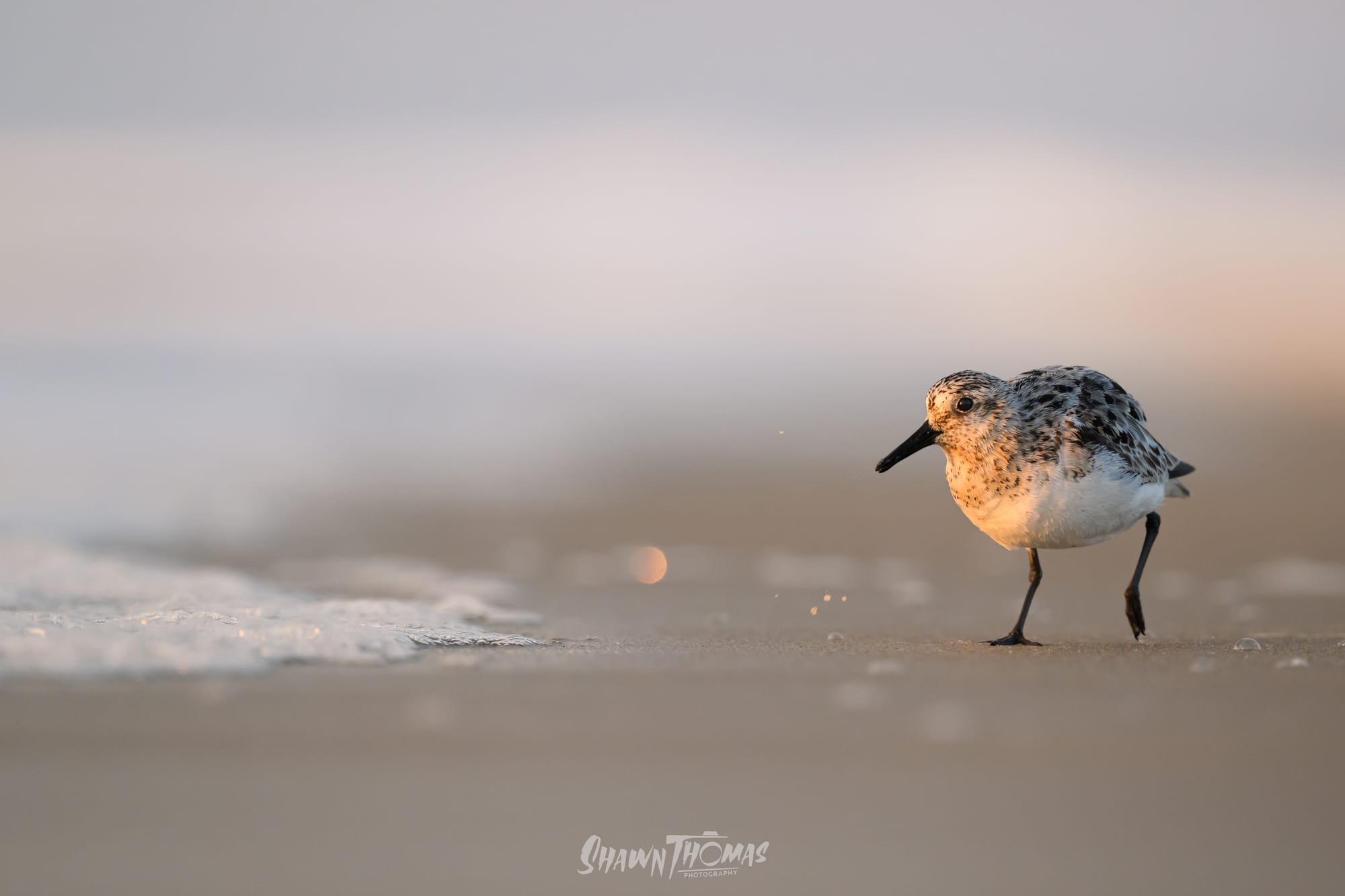
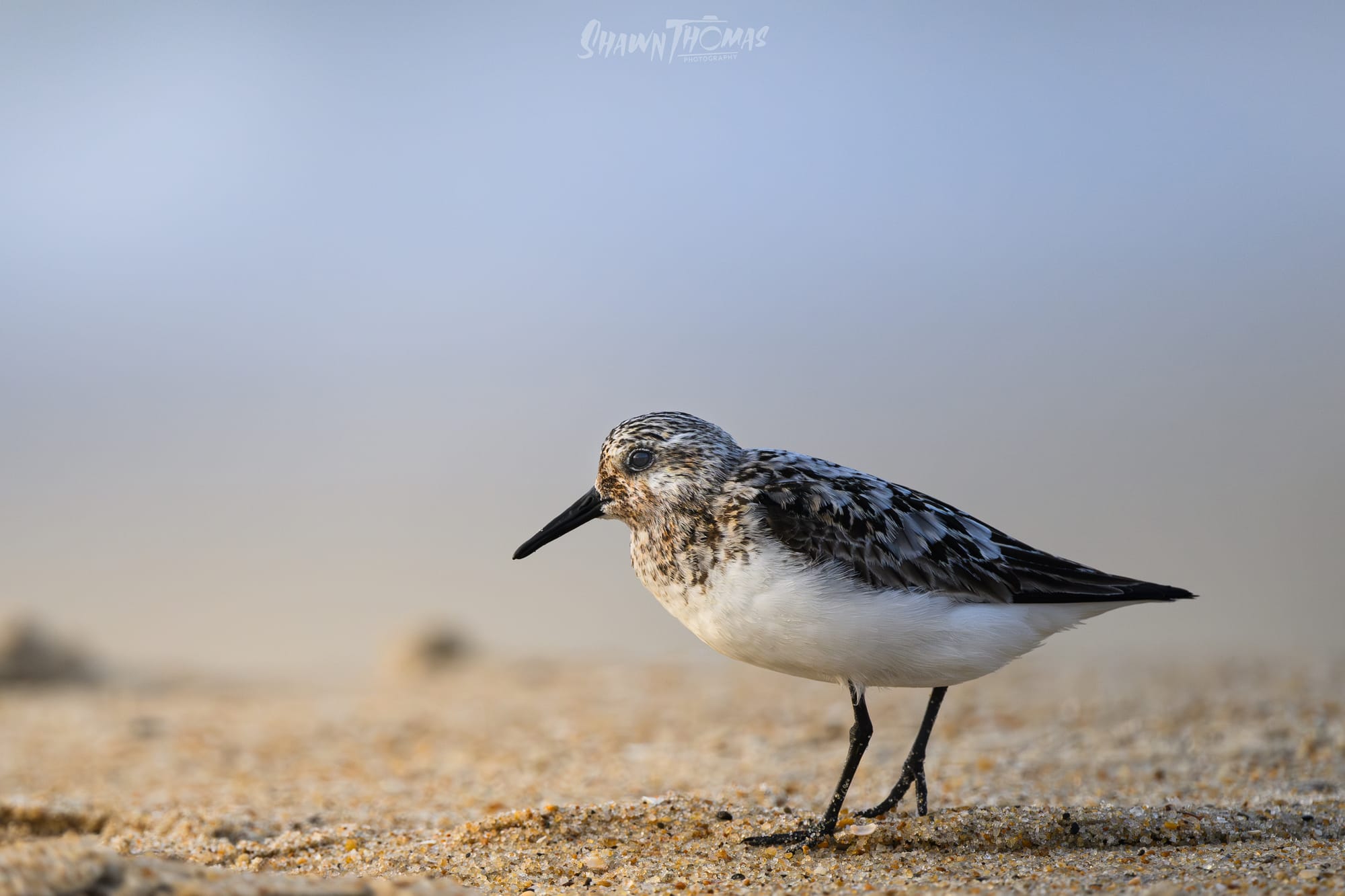
Left: 600mm Right: 840mm TC Engaged
I tried to match subjects here so you can really focus on detail, which is always a challenge, but I think it works. Even with the teleconverter engaged you can see the fine detail in the feathers and even count individual grains of sand if you want to.
That said this lens is not noticeably sharper than the cheaper lenses I mentioned up front, there are 1000 reviews that cover this explicitly with charts and graphs and science, and it's a bit better but I haven't found it to make a huge practical difference. If you want to quickly switch between 600mm and 840mm though, this is the way.
A quick break to talk about compression
Compression matters a lot for how backgrounds render. You might think the 400 f2.8 would give an even better background, but not really. Focal length matters more than aperture for blur when the subject is framed the same size. You can math it out with the entrance pupil, which is focal length divided by f-number. For the same framing, background blur mostly tracks that number. A 600 f4 has an entrance pupil of about 150 mm. A 400 f2.8 is about 143 mm. Those are basically the same, so the blur looks very similar.
That also means my comparison up front was not perfectly apples to apples. The 800 f6.3 is closer to the 600 f4 than the 600 f6.3 in blur strength, but I do not own the 600 f6.3 to test. The 600 f6.3 also weighs about three pounds, compared to the 7.1 of the f4.
What the 400 f2.8 does buy you is better low light performance. You just give up reach, which matters a lot for birds.
What makes this lens difficult
We talked about what makes this lens special, and the questions you should ask yourself to see if it is for you, but I would be doing a disservice if we did not also talk about what makes this lens a little bit difficult. If you have strong feelings about any of these things, it may be another reason you do not need to make a sixteen thousand dollar investment.
- It's heavy. At 7.1 pounds it is not easy to carry on your shoulder all day, hike with, or shoot handheld. I do all of these things, but we have already established in earlier blogs that I am an insane person. To its credit, with the Z9 it is exceptionally well balanced, even if that whole kit is over 10 pounds.
- It's huge. Good luck finding a camera bag that will fit it comfortably with the camera attached. They exist, but they are massive bags. To its credit here, it will still fit in a carry on if you pack smart. It was designed to do so.
- It's very expensive. Just shy of sixteen thousand dollars in the US is a huge chunk of money, and Nikon has so much competing against it at exceptional quality for far less. If you ever tell someone how much it costs they will almost always respond with “That's as much as a car.” These days though I'm not sure you can even get a rusted out pickup from 1995 for sixteen grand. To its credit though, it is just about optically perfect, built tough, and radiates quality.
- Its minimum focal distance is 14.11 feet. A duckling swimming close and deciding to flap is the OH NO I MISSED IT moment that is still burned into my brain. All the super telephoto primes have long minimum focal distances, but it is not an issue on the 180–600. My wife can regularly get shots I cannot because of this, especially bugs and frogs.
- It's a conversation starter. Depending on who you are this can be good or bad, and it's true of the 800mm as well. If you carry this on your shoulder, everyone, and I mean everyone, will say things like “Wow that's a huge lens” or “Are you taking pictures of the moon?” It happens all the time.
So is it for you?
Honestly, like I said up front, I can't answer that question. I am not here to tell you to buy it or not buy it. You worked hard for your money and deserve to spend it however you want. What I can tell you is that it will not magically make you a better photographer.
What it will do is lower the barrier of entry to some really tricky lighting conditions, at the overall expense of being harder to handle because it is heavy. It is top of the line and close to optically perfect, with the best of everything, glass, coatings, AF motor the works.
All that also means it can never be your excuse for not being a better photographer.
If you answered yes to the questions above, then it may just be for you. Just go into a purchase like this with open eyes, and get insurance.
If you want to see more of my images, many of which I took with this lens check them out here: www.shawnthomas.art
And while you're here why not subscribe to the blog, I put out new free content every Tuesday!
